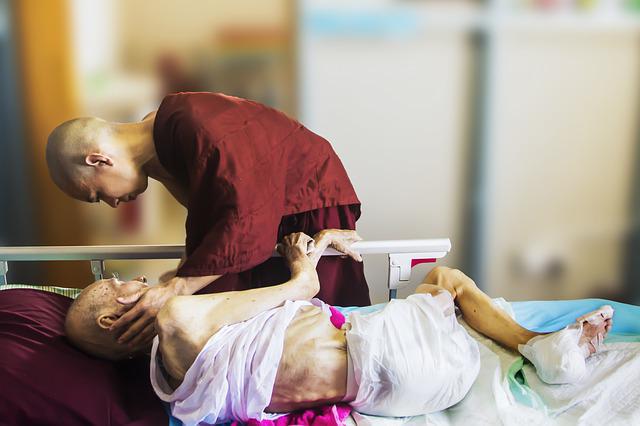
If you are looking for ways to improve your loved one's health, consider provider home care. This option allows you to pay Medicaid home care aides for travel time between your clients. The program helps you to determine whether in-home care is cost effective and can bring families closer together.
Maryland should reinstate a provider home-care program
The state recently ended the independent provider home-care program. This gives individuals more control over their finances and care. This decision will likely cause more harm than good for both Medicaid beneficiaries and home care aides working under the program. The original projection by the state was that cancelling the program would result in a massive increase in costs. However, the Maryland Center on Economic Policy found a very small increase.
Maryland Medicaid participants may have felt the negative effects of the removal of self-directed healthcare. The goal of the state was to transfer responsibility for complying with federal law to private companies. However, self-directed caregivers may be more successful than those who receive homecare services from agencies.

Home care service agencies licensed (LHCSAs).
LHCSAs are licensed home care agencies that provide personal-care and nursing services in clients' homes. Many of these companies provide services to Medicare and Medicaid. Some services may be provided by them in conjunction with other agencies. These agencies must comply with state regulations and are regulated by New York State Department of Health.
Before an applicant may apply for a license, the DOH requires a business plan detailing projected expenses for two months. The plan must include information about salaries, office space requirements, utilities, supplies, as well other operational expenses. An applicant must also submit a balance sheet.
Medicaid home care aides get paid for travel time between clients
Medicaid funding comes from both the federal government or individual state governments. These funding sources determine the rules that govern Medicaid. The federal government plays a greater role in setting standards, but states are free to choose the services they will provide. The flexibility to cover home care services is particularly important.
Many home care workers are paid through Medicaid programs. Most of these programs are funded by the state and federal governments. Each state has its own rules about how much home care aides should be paid. Some states pay family caregivers, while others don't.

In-home care is cost-effective
While home visits using video can complement or replace regular visits, this technology is not an affordable substitute. In order for video visits to be cost-effective, they must be able to significantly reduce the time a provider must spend with each patient. For patients with light disabilities, this is a reduction of about 80%. This reduction should be smaller for patients with average disabilities: it should be 6% or less.
Recent studies have shown that home care is more cost-effective than traditional inpatient care. One study examined six Philadelphia hospitals and compared the costs and re-hospitalization rates for patients receiving hospital care with home care. A study showed that home care saved patients an average $6,500 per person. The authors suggest that Medicaid, Medicare, and other payment systems can expand home care programs and make them more affordable.